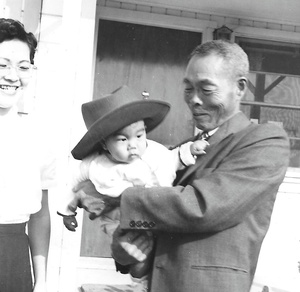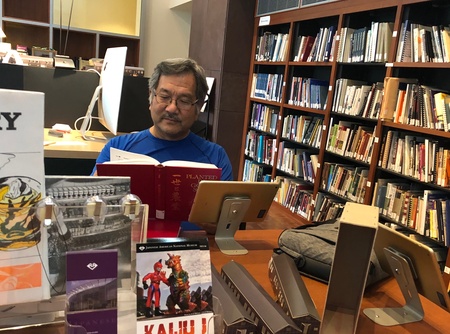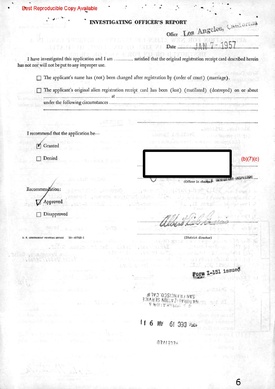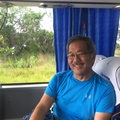My Palos Verdes Writing Month experience composed of three parts. I call the first part “The Search.” I explored sources of public information for my grandfather. You learn enough to build a family tree. But there are not enough details to reconstruct their lives. I call the second part “The World.” Research can find people with similar experiences. Now you’re looking for a family memory gem. But you won’t find it because you are looking at other people’s lives. You want to know more than facts. You want to understand. That is why family research has a third part, the creative part, the part I call “The Story.” You need to reconstruct the past out of what you learned. Put it all together in a story.
The Search
I tried many searches with my computer. I even signed up for an expensive subscription to a genealogical website. According to our family story, in 1887, my grandfather was born in Kochi Prefecture on the Japanese island of Shikoku. Around 1906, he traveled to Mexico as a contract laborer for a mine. Work hazards forced him to walk to the United States. He worked various jobs. In 1920, he returned to Japan. The trip started in New York with stops at Liverpool, the Suez Canal, India, and Singapore. I searched libraries, archives, and websites. I requested his alien file from the U.S. Citizenship and Immigration Services (USCIS).
The World
I read oral histories of Japanese who had similar stories like my grandfather. Their stories talked about labor recruiters in Japan for work in Mexico. They escaped by foot to the United States border. I will never know my grandfather’s story with such details as found in these histories. They served as examples to deepen my understanding.
The Story
There are parallels to archeology. The first two parts, The Search and The World, are like excavation and comparison studies with similar sites. But these are only the beginning. Archeologists reconstruct the past by a study of the artifacts they unearth. In writing, the imagination reconstructs the events, memories, emotions and motivations. Although these are fictional stories, they reflect the truth.
A story on the Form I-90
There is a memory passed on by paper. On December 12, 1956, Genkichi Matsuda, my grandfather, provided answers in Form I-90. He gave his birthplace in Japan, his parents’ names and his Japanese citizenship. These answers would appear in an online database.
There is a memory captured on paper. Things present in the image but lost when they extract data. They filled out Form I-90 with a typewriter. The clerk typed slashes through some answers. But we can see the original answers on the paper.
Question 9a. “I first entered the United States at _____.”
The form has “Eagle Pass, Texas” with slashes. They replaced it with “San Francisco, California.”
Question 9c. “I was lawfully admitted to the United States for permanent residence at the port of _____.”
The form has “Eagle Pass, Texas” with slashes. They replaced it with “San Francisco, California.”
My grandfather did not speak fluent English. He could have misunderstood the questions. During the typing of answers, the applicant, the clerk and the translator discussed “lawfully admitted.” They marked-out “Eagle Pass, Texas.”
The Immigration and Naturalization Service approved my grandfather’s request with the corrected answers.
So, what happened at Eagle Pass, Texas? Was his entry illegal? We can read the oral histories of other Japanese workers escaping from Mexico. They mentioned a tax, costing between $2.00 and $20.00. Then they crossed the bridge from Ciudad Porfirio Diaz1, Mexico, to Eagle Pass, Texas. This was how they came to America.
I would never know about Eagle Pass without the memory of paper, even for things meant to disappear from inspecting eyes.
Note:
1. Ciudad Porfirio Diaz was the old name of Piedras Negras.
© 2019 Dean Okamura







